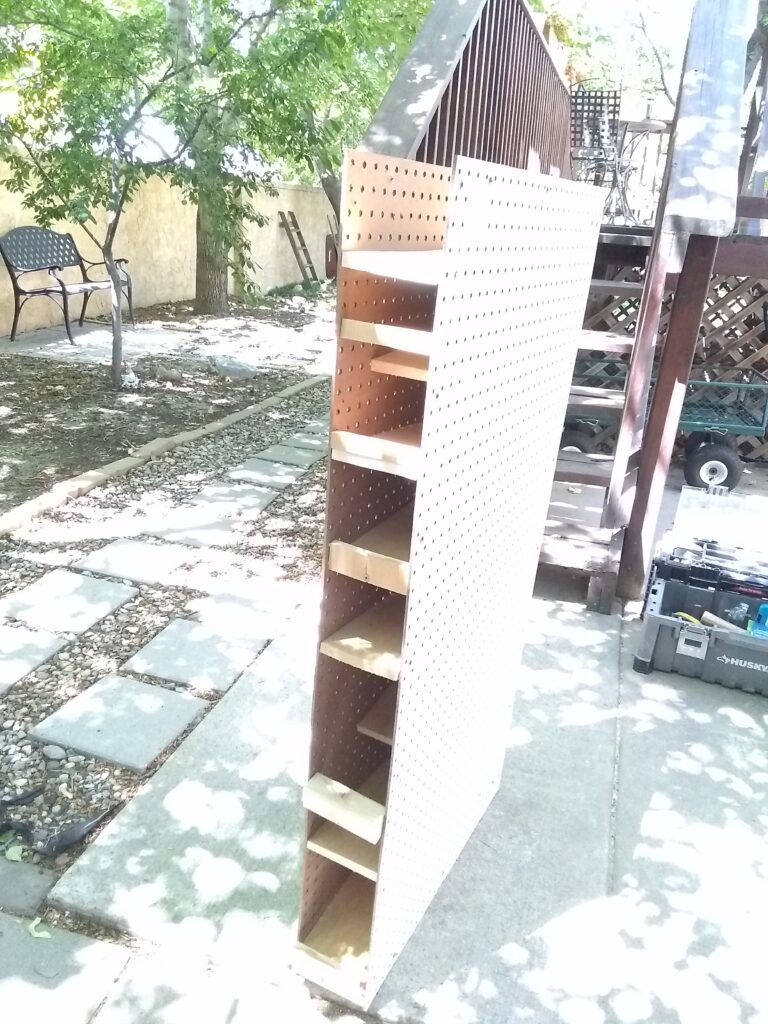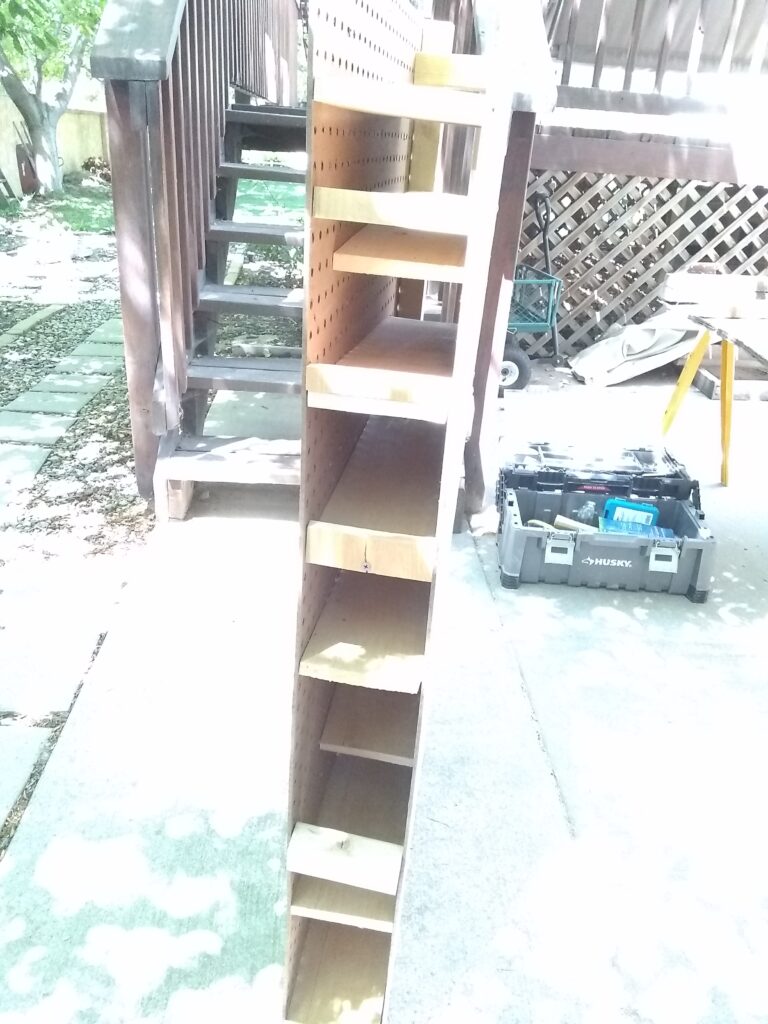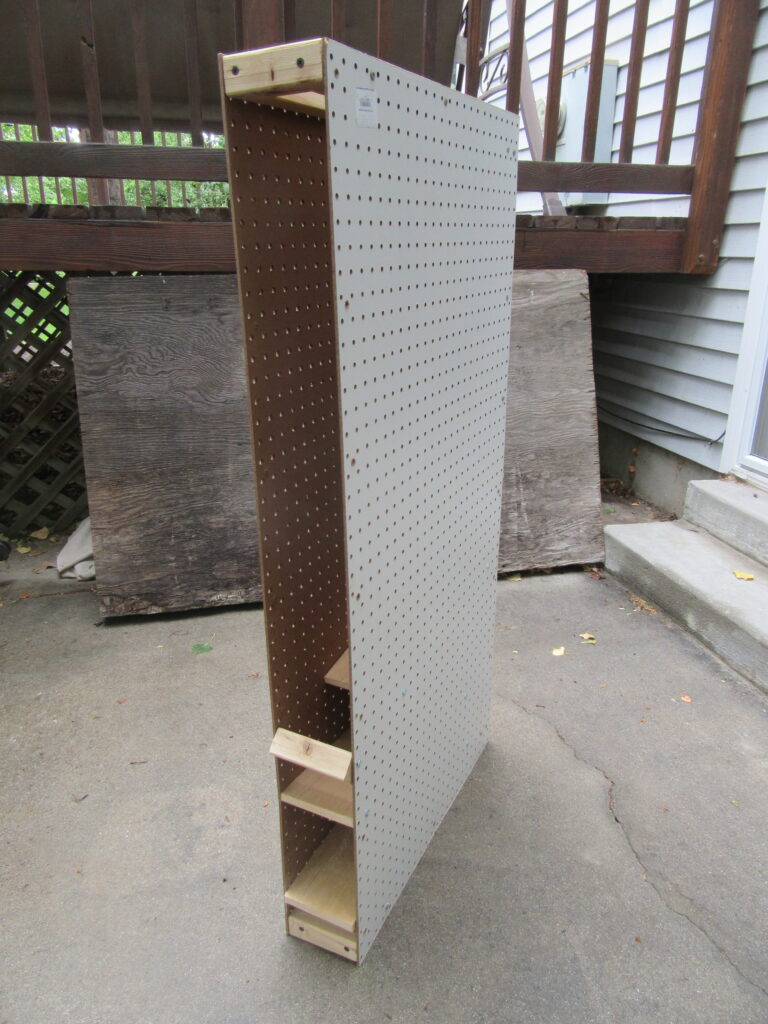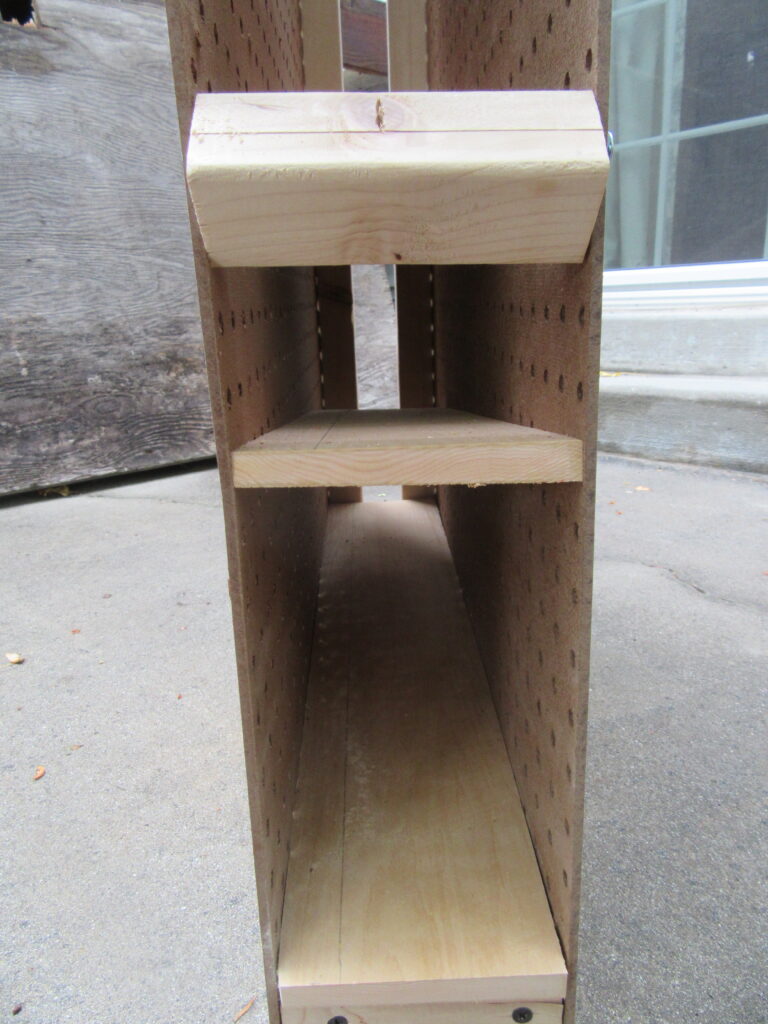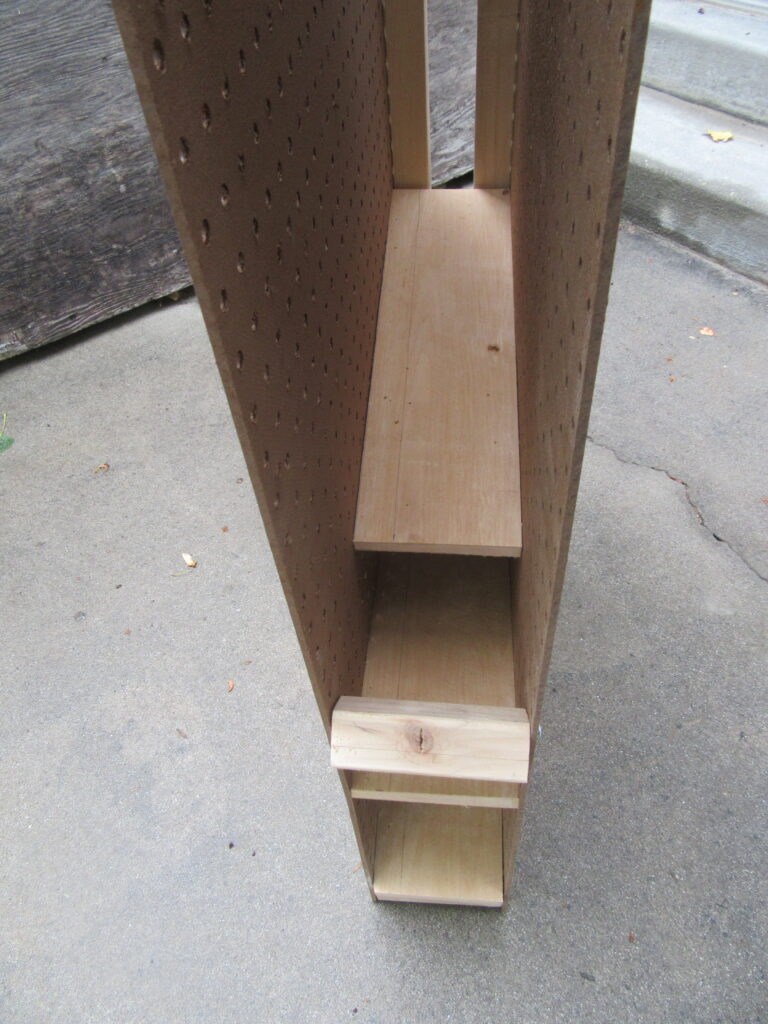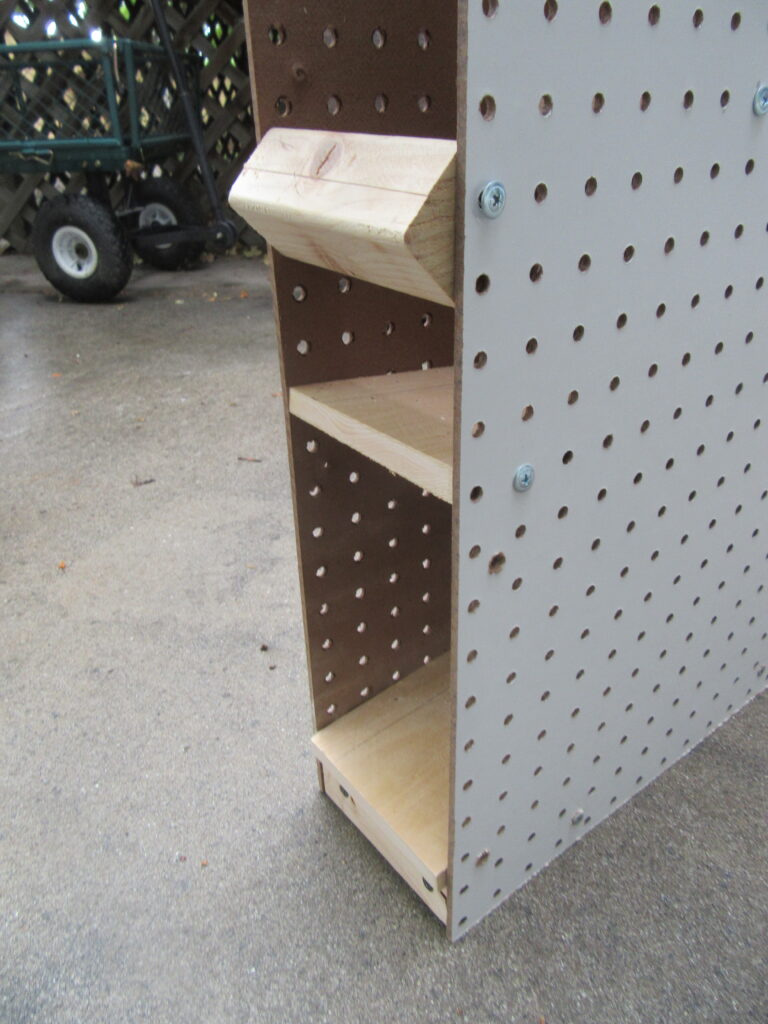It’s been a while. I issued a pre-emptive mea culpa a while back in anticipation of some surgery I had coming up and suggested I might not be posting until it was all in the rear-view mirror. Well, it’s all nearly in the rear view mirror now, and I’m trying to gear up to come back.
So, what have I learned over the past couple months? Well, for one, to quote Count Rugen from “The Princess Bride,” “If you haven’t got your health, then you haven’t got anything.” Knowing for the past couple years that this surgery was possible I’ve made a conscious effort to exercise more, eat a little less, and generally be in better health. I’m fortunate in that my health has never been that bad to begin with, but good health with really helps when facing major surgery. The average hospital stay in my state for the type of surgery I had is six days. I was there four. It may be that I was just so ornery they wanted to get rid of me, but I’ll claim a victory for exercise and eating right.
But even then, once out of the hospital I was under significant restrictions on my physical activity. I wasn’t allowed to drive (not a big deal right now, as I seldom go anywhere anyway), lift anything over ten pounds, and had to avoid reaching very far from my body. Just those few restrictions were frustrating. It’s amazing how much of my normal activity violates at least one of those last two restrictions. I’m fortunate enough to have a desk job that I was already doing from home, so I could get back to work only a week after returning home, but so many other things I wanted to do, or felt I should do just weren’t allowed. I’ll admit I’ve felt pretty useless.
So I can only imagine what it’s like to be someone whose health in general places restrictions on their activity. Value what health you have, and do what you can to maintain it, even improve it. It’s difficult to be self-reliant without good health.
On a similar note, I’ve learned that monitoring your health is important, too, for other reasons. Because I’ve known this was coming I was able to be prepared. As a contractor, I’m on a high-deductible insurance plan. But since I knew this surgery was coming I’ve spent the past couple years saving up enough to cover it.
By contrast, during my recovery period my son crashed while mountain biking and ended up in the emergency room. Frankly, that’s something I should have predicted and tried to save up more money for, but I didn’t. I wasn’t quite so prepared for that one. But thanks to this gentle reminder (which could have been much worse), I intend to be next time (knock on wood, spit three times over my shoulder).
Lesson three was the gentle reminder that sometimes we just can’t be self-reliant. I’m grateful for the wonderful medical staff who took such good care of me. I forgive you for waking me up every two hours; it was your job to make sure nothing was going wrong. Aside from than that, you guys totally rocked! Thank you! And thanks to my wife and my two boys at home who picked up the slack for all I couldn’t do. And also for all those who offered their help. As grateful as I am there wasn’t much my family couldn’t handle, I’m glad to have more family and friends gladly standing by to help.
This week I’m scheduled to see my surgeon. If all has gone well, my restrictions will be removed and I can start getting back to normal. I’ll still have to take some things easy and work my way back, but I’ll get there. One of the first things I need to do is get back on track with our self-reliance plans. And hopefully that means more posts in the works.

